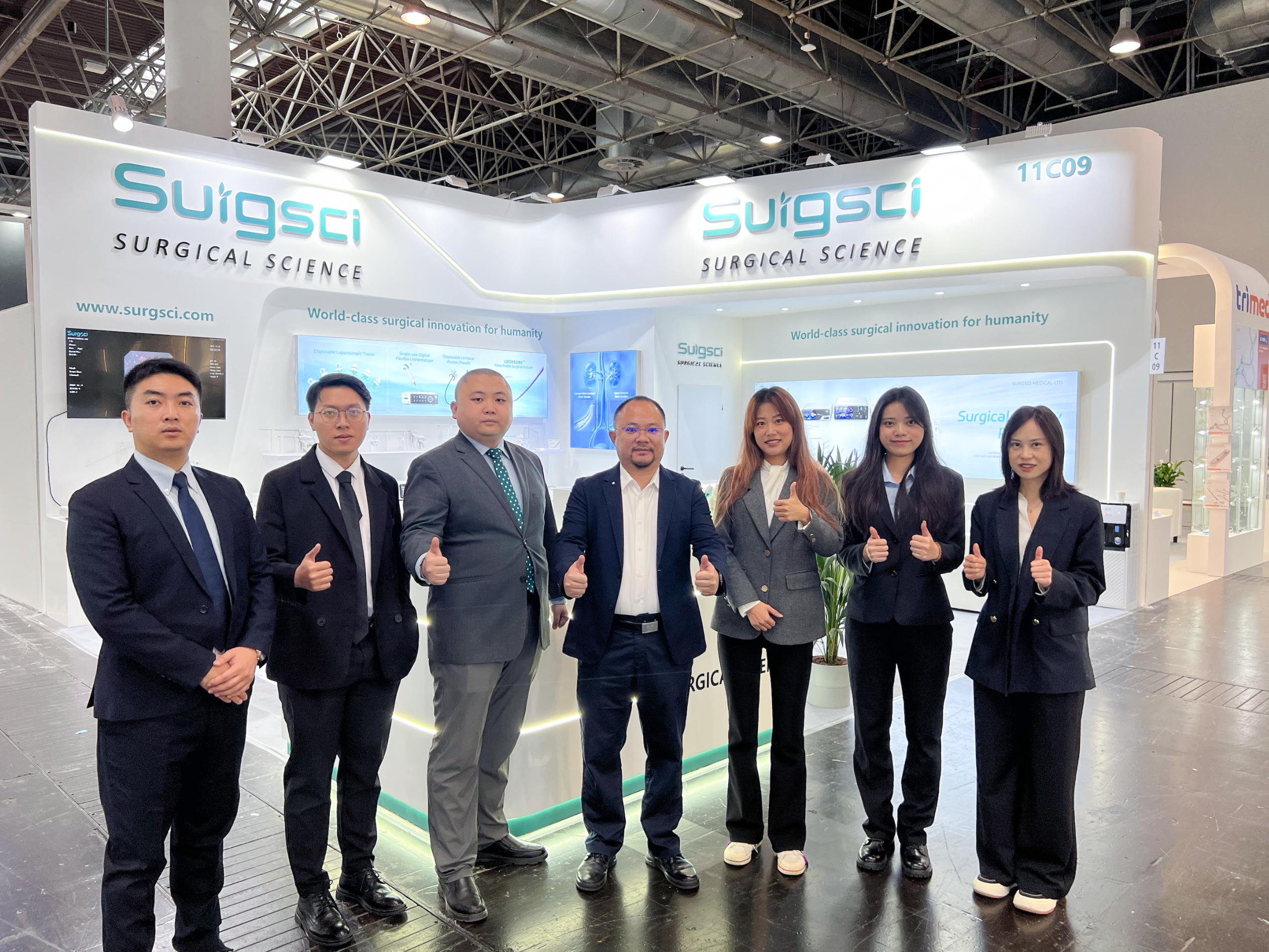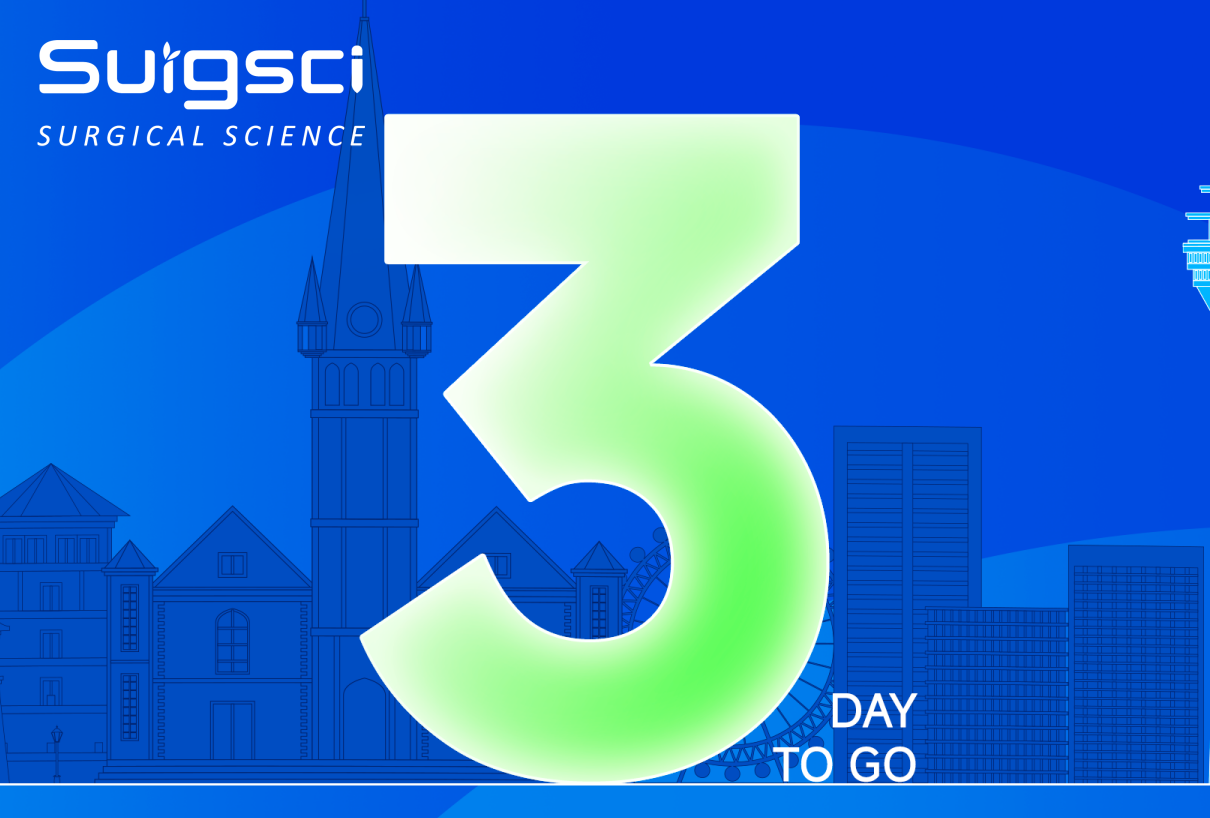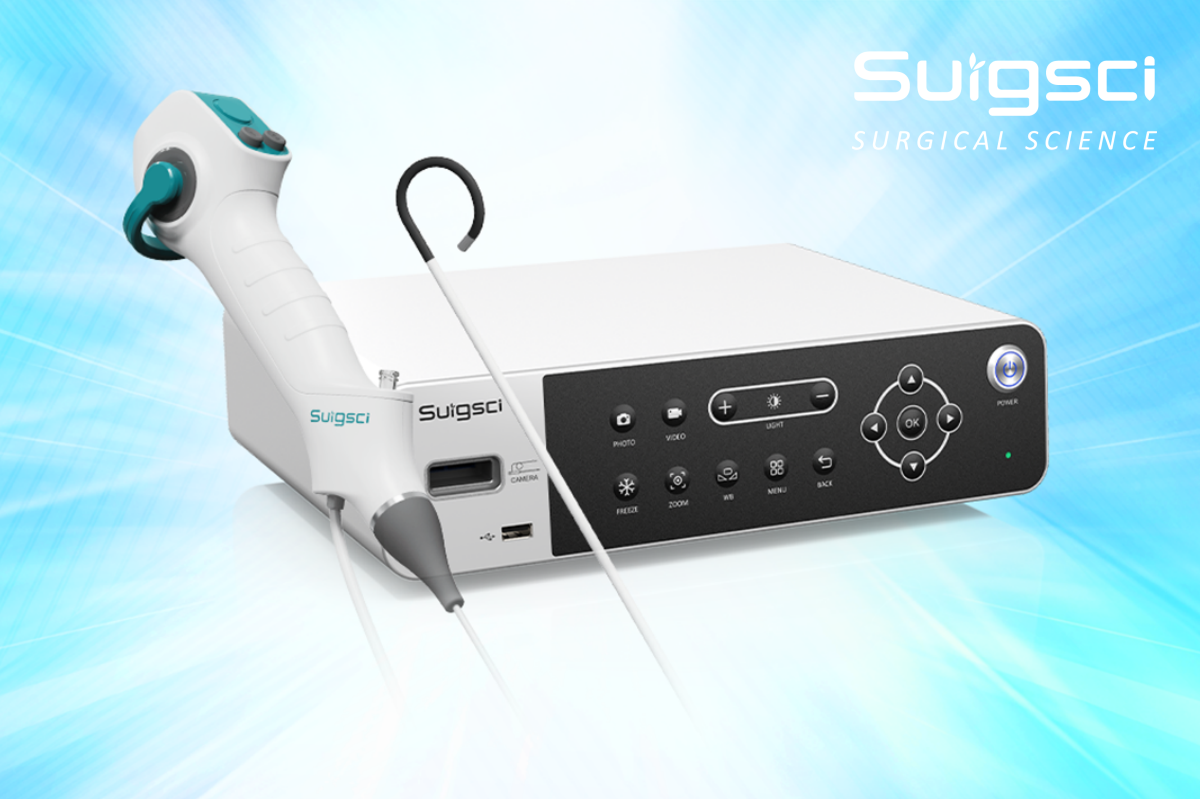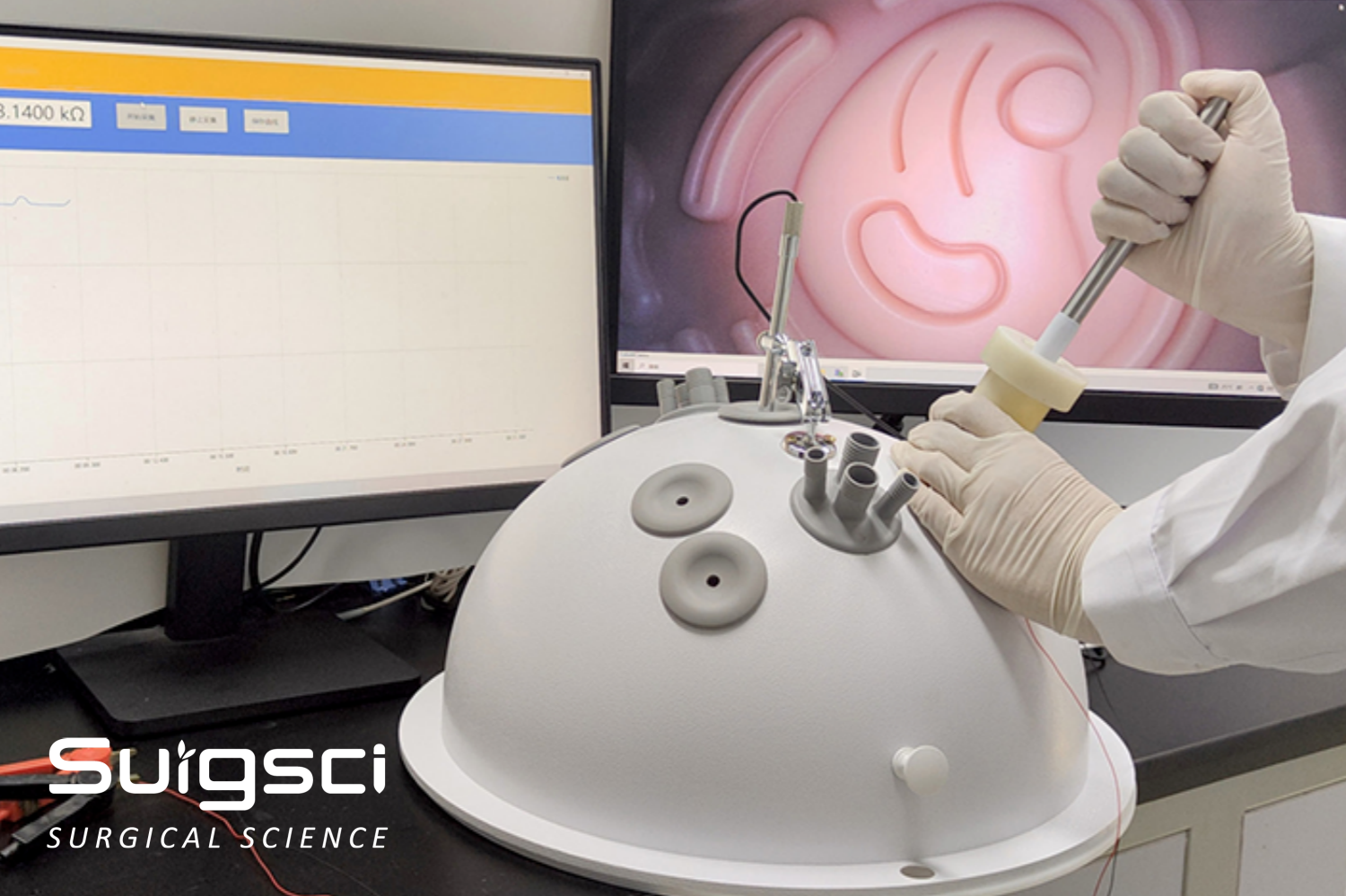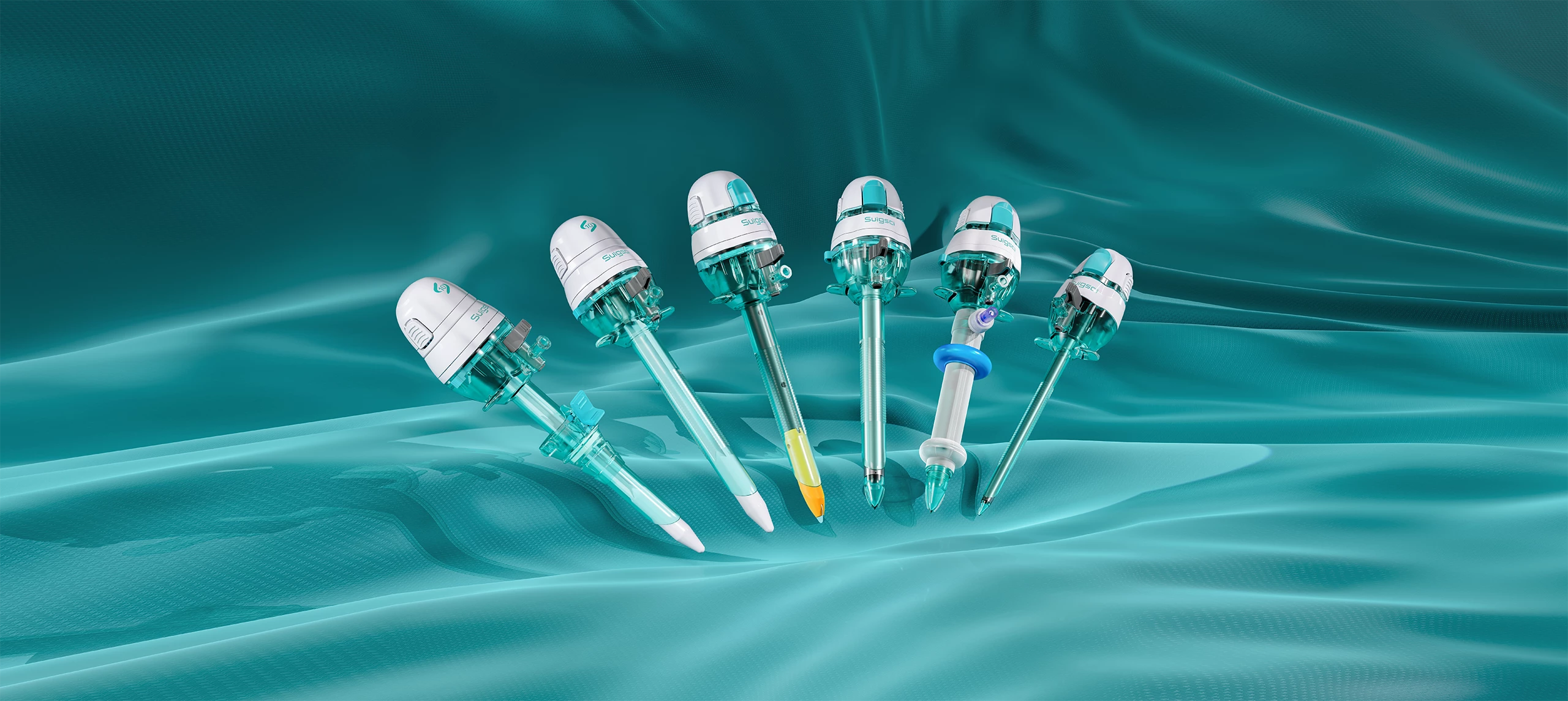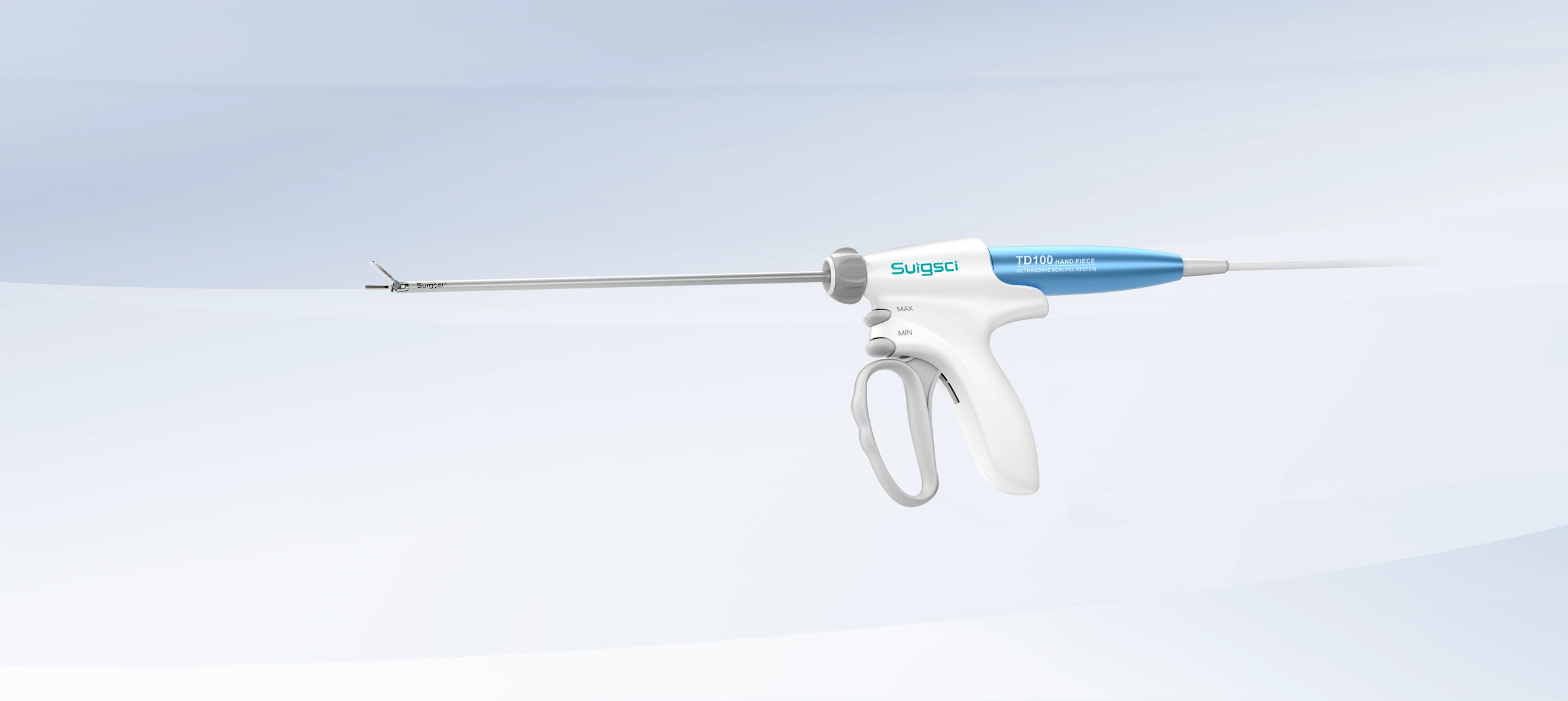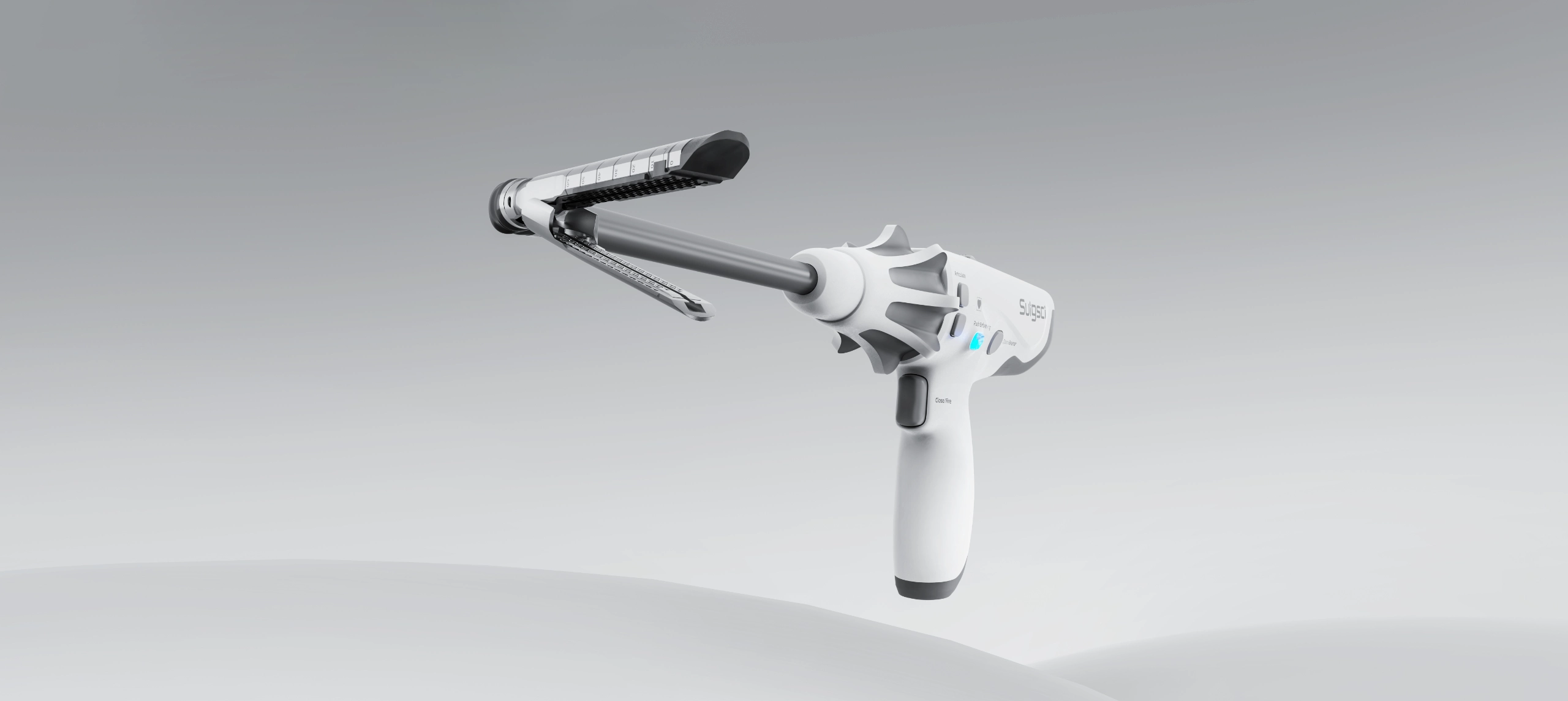A high-efficiency research team jointly formed by SurgSci Medical Ltd. and Shaanxi University of Science and Technology has recently published a research article in the international journal Chemical Engineering Journal, titled “Anti-fatigue, anti-puncture and self-recovery nanocomposite organogel-based strain sensor for trocar seal system in laparoscopic surgery.”
Addressing the critical challenges of insufficient self-recovery and puncture resistance in trocar seals during laparoscopic surgery—factors that may increase surgical risk—the team developed a nanocomposite organogel material with strain-sensing capabilities. This material integrates mechanical strength, self-healing, anti-fatigue, and puncture resistance, offering a novel approach to enhancing the intelligence and safety of minimally invasive surgical instruments. It demonstrates significant application potential in trocar sealing systems.
Nanocomposite Organogel: Smooth Sealing, Tough Tear Resistance
The study introduces SiO₂ nanoparticles as nano-crosslinkers into a physically crosslinked organogel matrix, resulting in a nanocomposite gel with strain-sensing functionality. While maintaining high strength and structural stability, the material exhibits outstanding multifunctional performance: tensile strength of 3.31 MPa, self-recovery rate of 90%, fracture energy up to 9153 J/m², and puncture strength of 4.28 MPa. It also offers excellent corrosion resistance, airtightness, and biocompatibility. Through the synergistic interaction of glycerol, polyether-modified silicone oil (PMSO), and lithium chloride (LiCl), the material enhances multivalent interactions between nanoparticles and polymer chains, achieving integrated optimization of mechanical and functional properties.

In Situ Monitoring Validates System Stability
The research team assembled the nanocomposite gel into a prototype trocar sealing system and conducted cyclic insertion–withdrawal tests under simulated laparoscopic conditions. Results showed that the system generated stable and distinguishable strain signals during instrument movement, enabling real-time monitoring and potentially reducing the risk of soft tissue damage during surgery. Its excellent airtightness helps maintain intra-abdominal pressure, ensuring surgical visibility and operating space. Furthermore, the material’s corrosion resistance contributes to extended device lifespan and improved system reliability and safety.

Material Compatibility Supports Trocar Advancement
As a critical access device in laparoscopic surgery, the trocar requires sealing components that meet multiple demands: mechanical strength, airtightness, biosafety, and intelligent sensing. SurgSci Medical Ltd. is currently evaluating the application potential of this nanocomposite gel in trocar seals, focusing on its moldability and signal stability in sealing rings, guiding sleeves, and sensing modules. The material’s multifunctionality and flexible design provide a robust technical foundation for the intelligent upgrade of trocar systems.

Advancing Minimally Invasive Surgery Toward Smart Monitoring
This research not only offers a novel intelligent material solution for the medical device industry but also supports the safety and intelligent design of minimally invasive instruments. As material validation and system integration progress, SurgSci Medical Ltd. will continue to explore practical applications of this technology in trocar systems, driving products toward high performance, intelligence, and real-time monitoring. The technology is also being evaluated in flexible electronics, including wearable devices, electronic skin, and human–machine interfaces, laying a solid foundation for the functional expansion of smart medical devices.
Reference
This research has been published in Chemical Engineering Journal:
Bai, Y., Chen, Y. M., Tang, J., Li, K., Zhang, Y., & Feng, G. (2025). Anti-fatigue, anti-puncture and self-recovery nanocomposite organogel-based strain sensor for trocar seal system in laparoscopic surgery. Chemical Engineering Journal, 518, 164653.
Link to article:
https://www.sciencedirect.com/science/article/abs/pii/S1385894725054890


